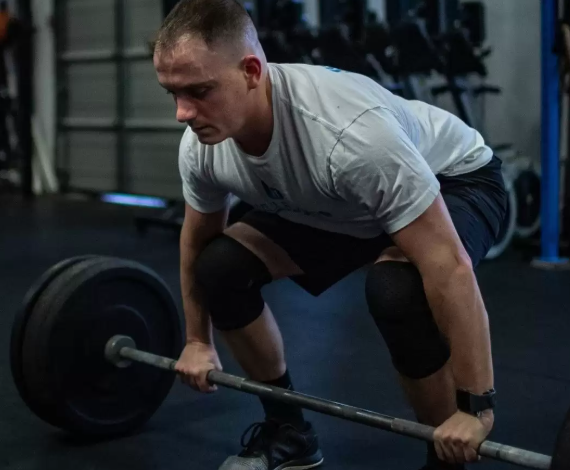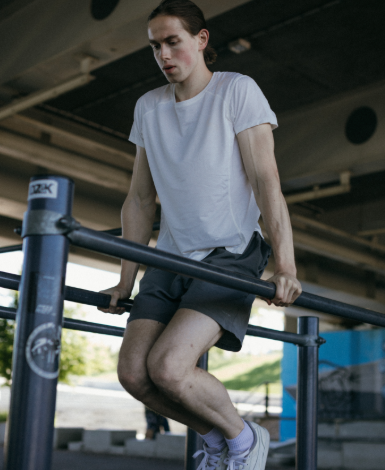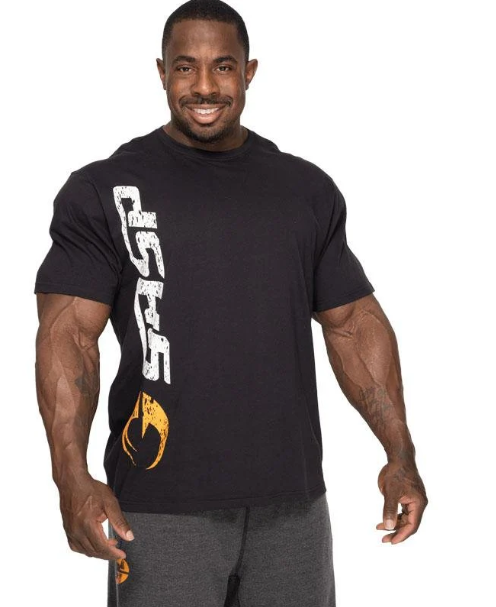
How to Prevent Lower Back Pain After Deadlifts: Key Tips for Safe Lifting
Deadlifts are an excellent exercise for building strength and power in your posterior chain, targeting muscles like the glutes, hamstrings, and lower back. However, if done incorrectly or pushed too hard, they can lead to lower back pain. In this article, we’ll cover effective strategies to prevent lower back discomfort while deadlifting, helping you get the most out of this powerhouse movement without the risk of injury.
The Importance of Proper Form in Deadlifts
One of the most crucial factors in preventing lower back pain during deadlifts is maintaining proper form. Here’s a breakdown of key elements to focus on:
1. Keep Your Spine Neutral
Always maintain a neutral spine position throughout the lift. Avoid rounding your lower back, as this can lead to unnecessary stress and injury.
2. Focus on the Hip Hinge
Initiate the deadlift by pushing your hips back, not bending at the waist. This technique helps reduce the strain on your lower back and engages the correct muscles.
3. Proper Grip
Using a mixed grip (one palm facing forward, the other backward) can help you maintain a secure hold on the barbell and distribute the load more evenly, reducing the risk of slippage.
4. Engage Your Lats
Activate your lats by imagining trying to tuck your armpits into your back pockets. This helps stabilize your spine and provides additional protection for your lower back.
5. Brace Your Core
Before lifting, take a deep breath and tighten your core as though you’re preparing for a punch. This creates intra-abdominal pressure, stabilizing your spine and protecting it during the lift.
Start with Gradual Progression and Warm-Up
If you’re new to deadlifting or returning after a break, it’s essential to start light and gradually increase the weight. Also, a proper warm-up can significantly reduce the risk of injury.
1. Warm-Up
Engage in dynamic stretches or light cardio to get your blood flowing and your muscles ready for the lift. This will increase flexibility and mobility, preparing your body for the intensity of deadlifts.
2. Activate Key Muscles
Perform activation exercises like glute bridges or Romanian deadlifts to engage the glutes and hamstrings before you start your main sets. This primes the muscles you’ll rely on during the lift.
Strengthen Your Core for Added Stability
A strong core is your best defense against lower back pain during deadlifts. Incorporate core-strengthening exercises into your routine, such as:
- Planks
- Russian twists
- Hanging leg raises
These exercises will help improve your overall stability and support your spine during deadlifts.
Improve Hip Mobility and Flexibility
Limited hip mobility can cause improper form and put additional stress on your lower back. Focus on improving your hip range of motion with exercises like:
- Hip flexor stretches
- Hip rotations
These movements will help you achieve better deadlift form and reduce the risk of discomfort.
Try Lower Back-Friendly Deadlift Variations
If you continue to experience lower back pain with traditional deadlifts, consider trying these variations that place less strain on the back:
1. Trap Bar Deadlifts
The trap bar deadlift is an excellent alternative that places less pressure on the lower back. It allows for a more upright posture, making it easier on the spine.
2. Sumo Deadlifts
With a wider stance and a grip between your legs, sumo deadlifts can reduce the stress on your lower back while emphasizing the use of your legs.
3. Deficit Deadlifts
By elevating your feet on a platform or plates, deficit deadlifts increase your range of motion and can help improve your form while reducing back strain.
Recovery Strategies for Post-Deadlift Care
Recovery is just as important as the lift itself. Here are a few strategies to help your body recover after deadlifting:
1. Rest and Hydration
Allow your muscles time to recover by resting and staying properly hydrated. Hydration supports muscle function and helps in the recovery process.
2. Nutrition
Post-workout nutrition is essential for muscle repair. Make sure to consume a balanced meal with sufficient protein to aid in recovery.
3. Self-Massage
Use a foam roller or massage balls to target tight muscles in your lower back and hamstrings. This will help release muscle tension and alleviate discomfort.
4. Apply Ice or Heat
Depending on the severity of your discomfort, consider using ice to reduce inflammation or heat to relax tight muscles. Experiment with both to see what works best for you.
Listening to Your Body
It’s important to be mindful of your body’s signals. If you experience persistent or sharp lower back pain, don’t ignore it. Rest and consult a fitness professional or healthcare provider if necessary.
1. Know When to Modify
If deadlifts consistently cause discomfort despite taking precautions, it may be time to modify your routine. You can switch to alternative exercises that work the same muscle groups with less strain on your back.
Conclusion
By focusing on proper form, gradually increasing your load, and incorporating core strengthening, mobility exercises, and recovery techniques, you can prevent lower back pain while deadlifting. Paying attention to your body’s signals and using lower back-friendly variations can also make a significant difference. With the right approach, deadlifts can remain a cornerstone of your strength training regimen without putting undue stress on your lower back. Stay mindful of your form and recovery, and you’ll continue to reap the benefits of this powerful exercise.






